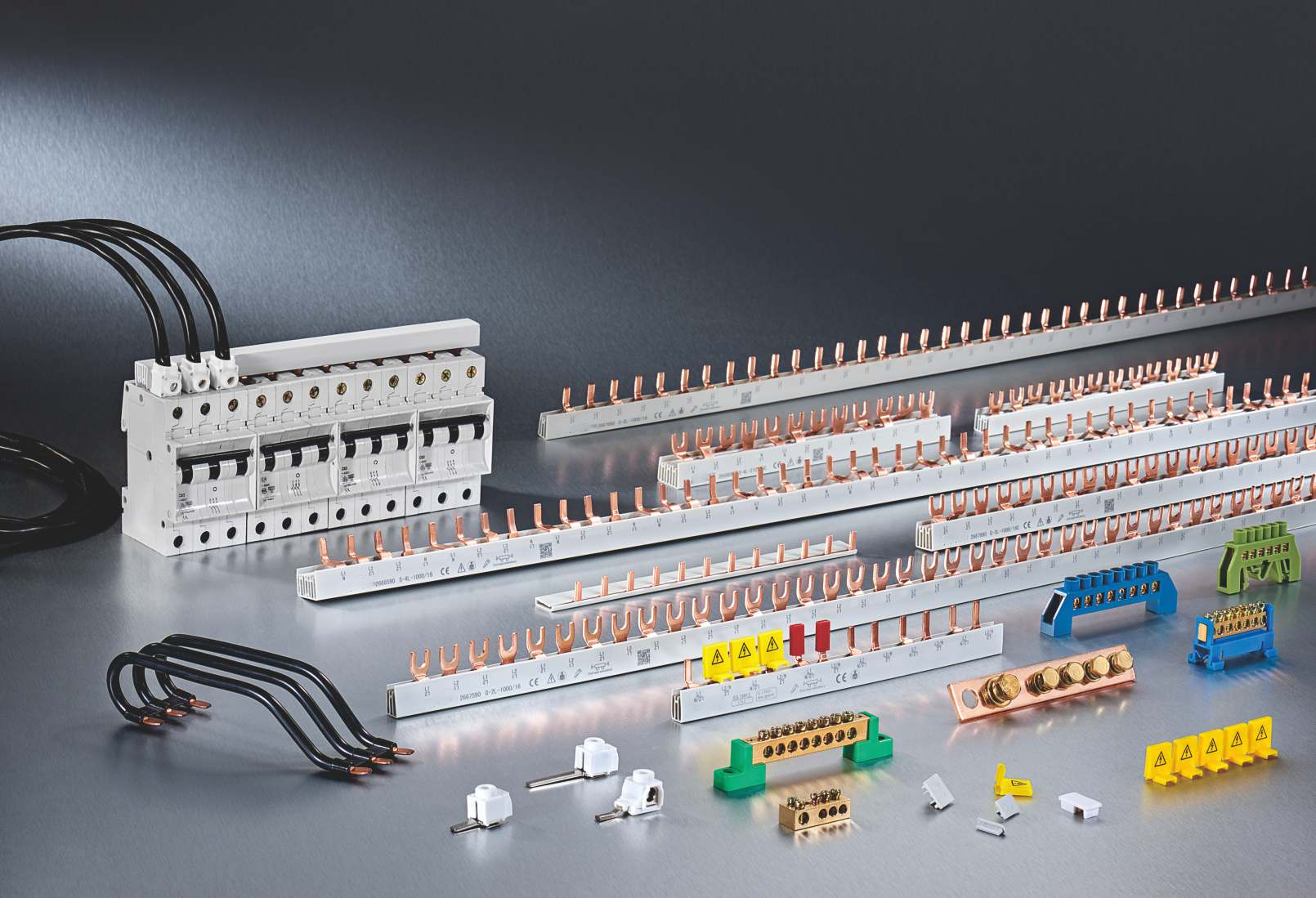Understanding Busbars in Electrical Panels: Types, Materials, and Applications
In modern electrical systems, the busbar plays a crucial role in distributing power efficiently and safely. But what exactly is a busbar, and why is it so essential in electrical panels?
What is a Busbar?
A busbar is a metallic strip or bar that conducts electricity within a switchboard, distribution board, or electrical panel. Its main function is to collect and distribute electric current to outgoing circuits.
Common Busbar Materials
- Copper: Offers excellent conductivity and thermal performance. Ideal for high-load applications.
- Aluminum: Lightweight and cost-effective, though slightly less conductive than copper.
Types of Busbars
- Single Busbar: Simplest design, used in smaller installations.
- Double Busbar: Offers redundancy and flexibility in maintenance.
- Isolated Phase Busbar: Reduces magnetic interference in high-current setups.
Where Are Busbars Used?
Busbars are used in power distribution boards, substations, switchgear assemblies, and even electric vehicle charging stations.
Conclusion
Understanding busbar materials and types is essential when designing or upgrading electrical systems. Choosing the right busbar improves energy efficiency, reduces maintenance, and enhances overall safety.



